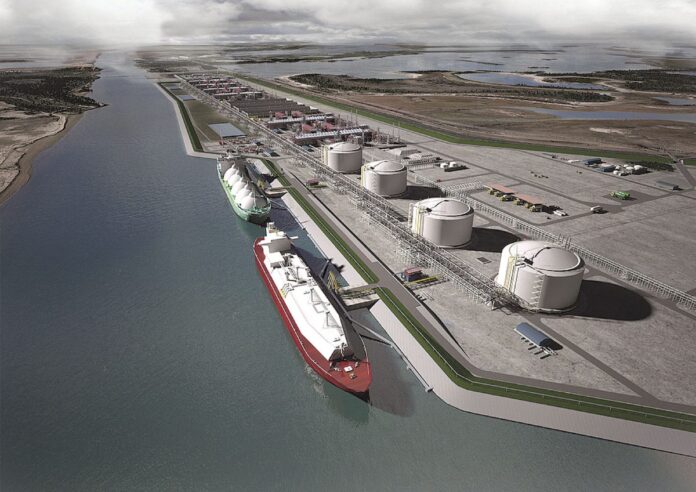PORT OF BROWNSVILLE — Mike Kershaw remembers a bustling port in the 1950s and 1960s.
His father was a harbor pilot in the Port of Brownsville, and for a few years, he worked there.
But, in 1963, he left for Houston, because of a decline in the maritime commerce here in the Valley.
“Brownsville had 80 percent of what Houston had as far as pilot activity,” Kershaw said about the 1950s era. “Longshoreman used to come down during the cotton season and there were migrants helping in Brownsville.”
But with the paving and changing of northern Mexico, that all changed.
Although the port recovered from that downturn, Kershaw, an experienced career-long maritimer, believes adding liquefied natural gas plants will only help diversify and financially benefit the port heading into the future.
He’s not the only one.
Port president and CEO Eduardo Campirano is clear – the port can not only handle the LNG facilities, it could lead to additional businesses related to LNG in the area and bring this energy commerce to the region.
“It is not just about the Port of Brownsville,” Campirano said. “It is for the region. We have been on the outskirts of this energy revolution because we are too far away. Corpus has just transformed itself. Some of that is trickling down.”
That will create what Campirano calls a “trickle-down effect.”
For the rest of this story and many other EXTRAS, go to our premium site, www.MyValleyStar.com.
Subscribe to it for only $6.99 per month or purchase a print subscription and receive the online version free, which includes an electronic version of the full newspaper and extra photo galleries, links and other information you can’t find anywhere else.




